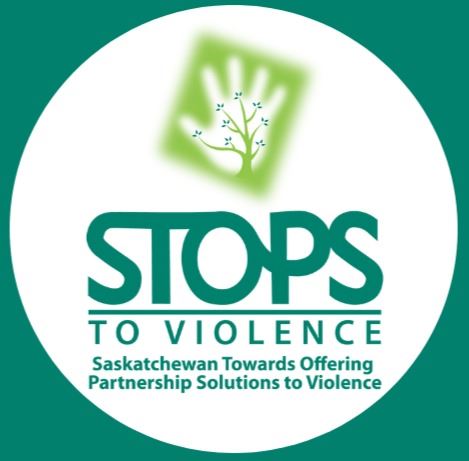Learnings About Approaches to Education and Awareness
-Shaylyn White
When we gather people to talk about what’s needed to reduce gender-based violence in Saskatchewan, there’s always one thing that tops the list – education and awareness.
There are any number of public education and awareness campaigns throughout Canada aimed at reducing and preventing gender-based and interpersonal violence and abuse. We’ve been asking ourselves: How do we work collectively and at scale to have the impact we are looking for? What is it that makes education and awareness activities and campaigns effective? If the goal is creating change, when are people more likely to…you know, change?

We’ve spent the summer a strategic learning process aimed at answering these questions. These are big questions to explore. Here’s some of what we have come to understand.
Change doesn’t happen instantaneously
You may already be familiar with the Transtheoretical Model of Change, also known simply as the Stages of Change. It’s a model in health psychology used to explain or predict an individual’s likelihood of succeeding or failing in achieving a behavior change. The stages are:
1. Pre-Contemplation
2. Contemplation
3. Preparation
4. Action
5. Maintenance
People aren’t likely to leap from never having even thought about a potential change to actually making that change, let alone keep it up long-term. Because of this, initiatives looking to create social change are likelier to find success when their activities are long term and include reinforcing the rationale for why the change should occur at all. Otherwise, there’s little chance of gaining or sustaining participant interest and investment.
It’s about more than just the message
In science communication, the Information Deficit Model suggests that if people are reluctant to engage with or act on new ideas, it must be because they don’t have enough information yet. The more they know, the likelier they are to embrace the ideas being put forward. But…is that really true? People lead complicated lives! They might be busy, tired or distracted—is bombarding them with facts and information they don’t have the time or energy to think about really the best strategy?
Heuristics are mental shortcuts or rules of thumb that people use to speed up their decision-making process. When someone is busy, or tired, or distracted, they’re more likely to rely on heuristics to determine how they’ll respond to new ideas. These heuristics are typically informed by pre-existing mental models or dominant social narratives; in other words, when considering how to act, most people will subconsciously turn to their understanding of what has been determined to be “correct” by the social groups they value or align themselves with most.
People are more likely to engage with new information when it supports or affirms their identities (who they see themselves to be) and aligns with their values. At the same time, they’re more likely to reject information that shames, challenges, or threatens them. If we want our messaging to be effective, the ideas we’re putting forward should make people feel good about themselves, their actions and how they want to be seen.
Effective messaging
If messaging is overly negative or jarring, people who rely on heuristics or conditioning are likely to reject it. On the other hand, if your message is empowering, people will be more willing to consider it. If message delivery is combined with follow-up opportunities for dialogue and reflection, the extent and direction of the consideration will be affected. This is likelier to lead to behavioural changes that are longer-lasting overall.
In the article “The Science of What Makes People Care”, Ann Christiano and Annie Neimand cite the documentary “The Game Changers” as an example of effective messaging. Most experts agree that reducing meat and dairy consumption would be beneficial for both the climate and for individual health, but asking people to sacrifice a deeply ingrained habit of theirs for the sake of an abstract, faraway future isn’t likely to work. “The Game Changers” instead encourages people to adopt a plant-based diet to achieve their fitness goals. This re-framing gives people a stronger sense of control and fulfillment and is likelier to spread amongst other community members who also value fitness.
Explore further with us
You are invited to join us as we explore next steps in understanding and increasing the impact of violence prevention education and awareness in Saskatchewan. We’re hosting a working session on Monday, September 18 from 1-3 pm. In this session, we will look at the elements of successful education and awareness activities look like and how we might a coordinated, movement building approach to increase the chances of long term change.
Click here for more information and to register.
